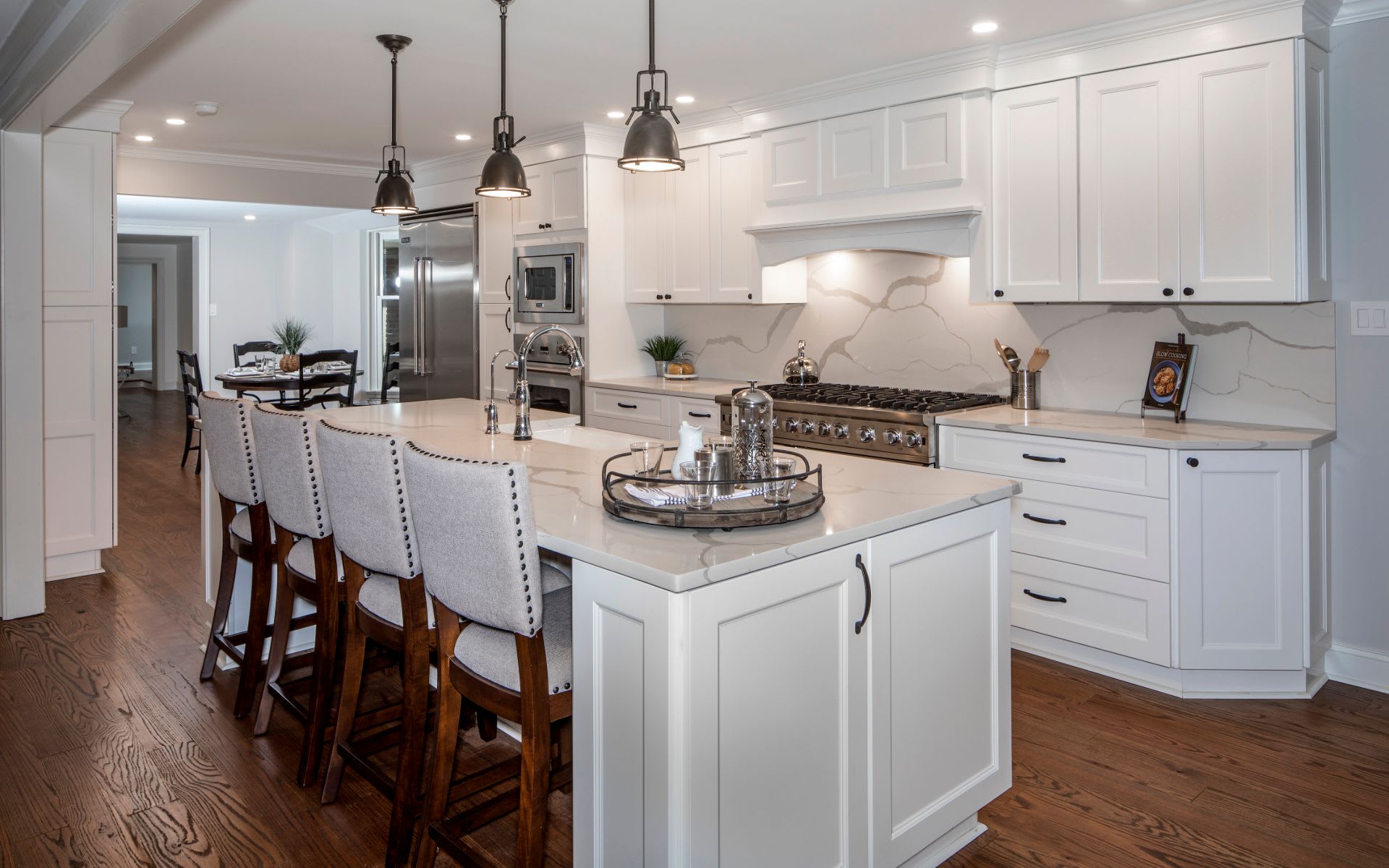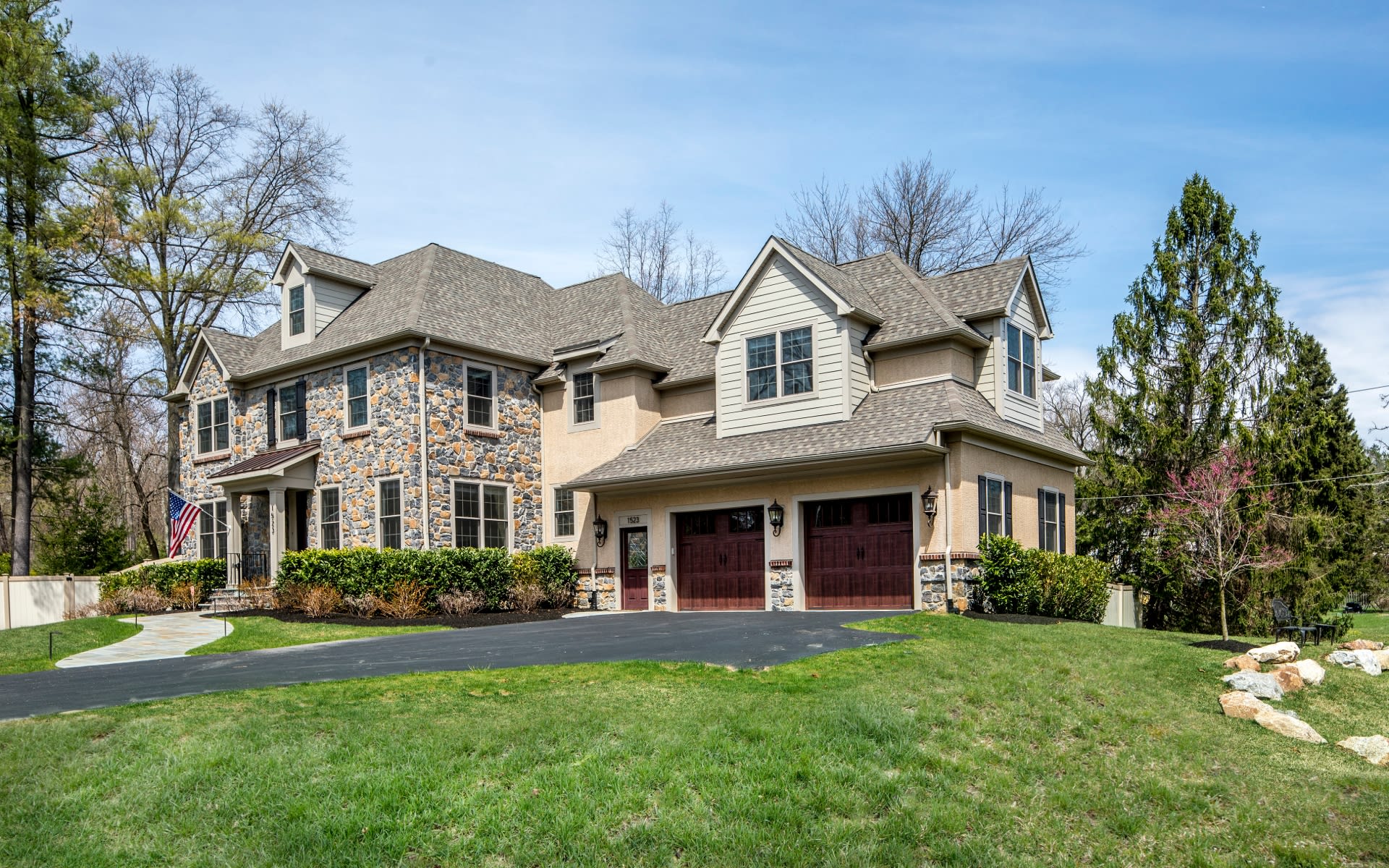Wayne
Wayne Hall and the Opera House are local attractions, the three-storied hall being one of the tallest buildings to first be...
Check Out the Latest Homes for Sale in Wayne
Wayne Market Trends



Wayne is also conveniently located at a short distance from many golf courses, colleges, parks, libraries, shopping areas, restaurants and entertainment. Wayne’s first movie theater was located on North Wayne Avenue, and in 1928, a new movie theater called the Anthony Wayne Theater was built on Lancaster Avenue. Furthermore, the Radnor Cricket Club, first established as the Merryvale Athletic Association, held their meetings at the Wayne Hall. With its own specialty shops, Wayne is one of the most popular shopping areas of the Main Line region.

Schools Near Wayne
Elementary Schools
New Eagle Elementary School
- Grades K-4
- Enrollment 467
Upper Merion Middle School
- Grades 5-8
- Enrollment 1231
Candlebrook Elementary School
- Grades K-4
- Enrollment 384
Culbertson Elementary School
- Grades K-5
- Enrollment 354
Roberts Elementary School
- Grades K-4
- Enrollment 357
Armenian Sisters Academy
- Grades PK-8
- Enrollment 110
Woodlynde School
- Grades K-12
- Enrollment 272
Goddard School
- Grades PK-K
- Enrollment 56
Heritage School
- Grades PK-K
- Enrollment 220
St David's Nursery School
- Grades PK-K
- Enrollment 192
The Children's School Of Cabrini College
- Grades PK-K
- Enrollment 66
Goddard School
- Grades PK-K
- Enrollment 27
Agora Cyber Charter School
- Grades K-12
- Enrollment 5867
Montessori Children's House Of Valley Forge
- Grades PK-K
- Enrollment 101
Trinity Nursery & Kindergarten
- Grades PK-K
- Enrollment 57
Middle Schools
Radnor Middle School
- Grades 6-8
- Enrollment 888
Upper Merion Middle School
- Grades 5-8
- Enrollment 1231
Armenian Sisters Academy
- Grades PK-8
- Enrollment 110
Woodlynde School
- Grades K-12
- Enrollment 272
Devon Preparatory School
- Grades 6-12
- Enrollment 271
Valley Forge Military Academy
- Grades 7-12
- Enrollment 262
High Schools
Radnor Senior High School
- Grades 9-12
- Enrollment 1190
Woodlynde School
- Grades K-12
- Enrollment 272
Valley Forge Military Academy
- Grades 7-12
- Enrollment 262
Wayne Demographics





